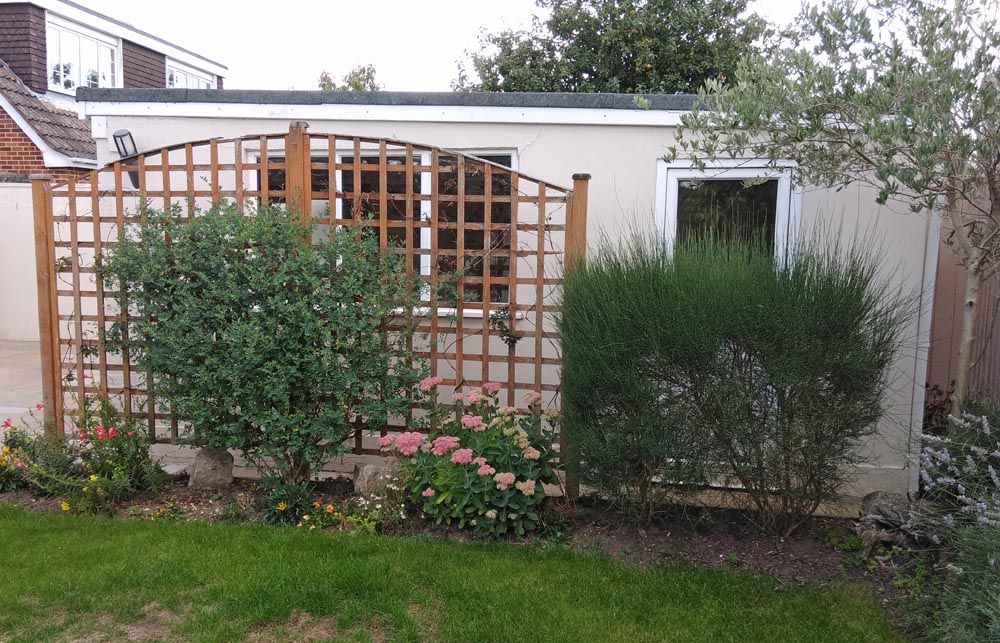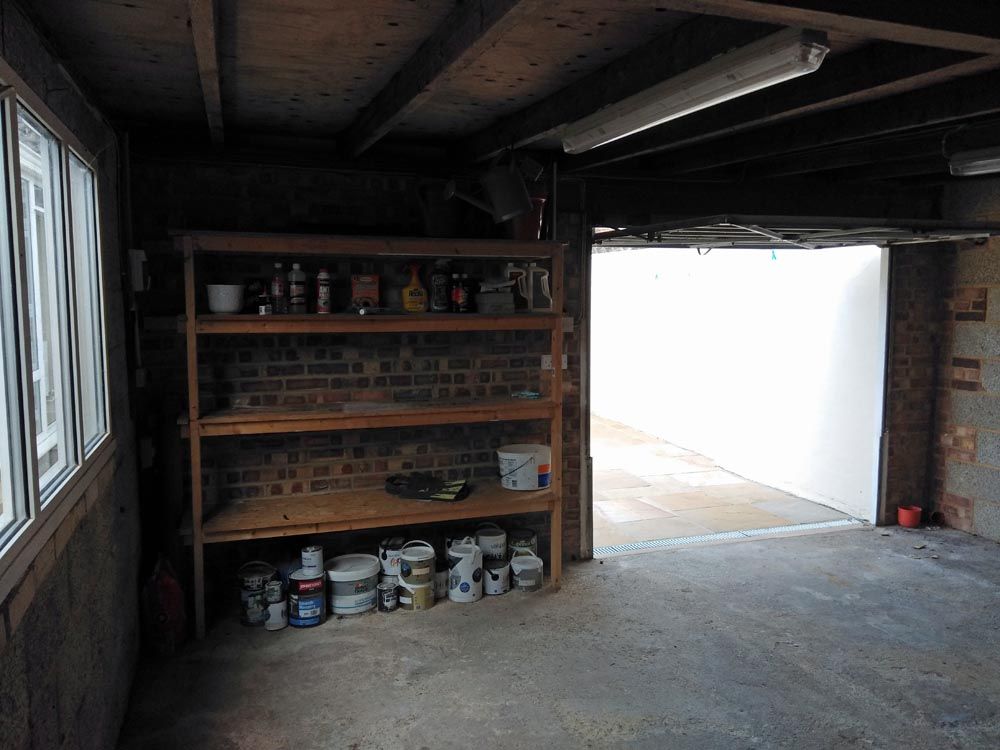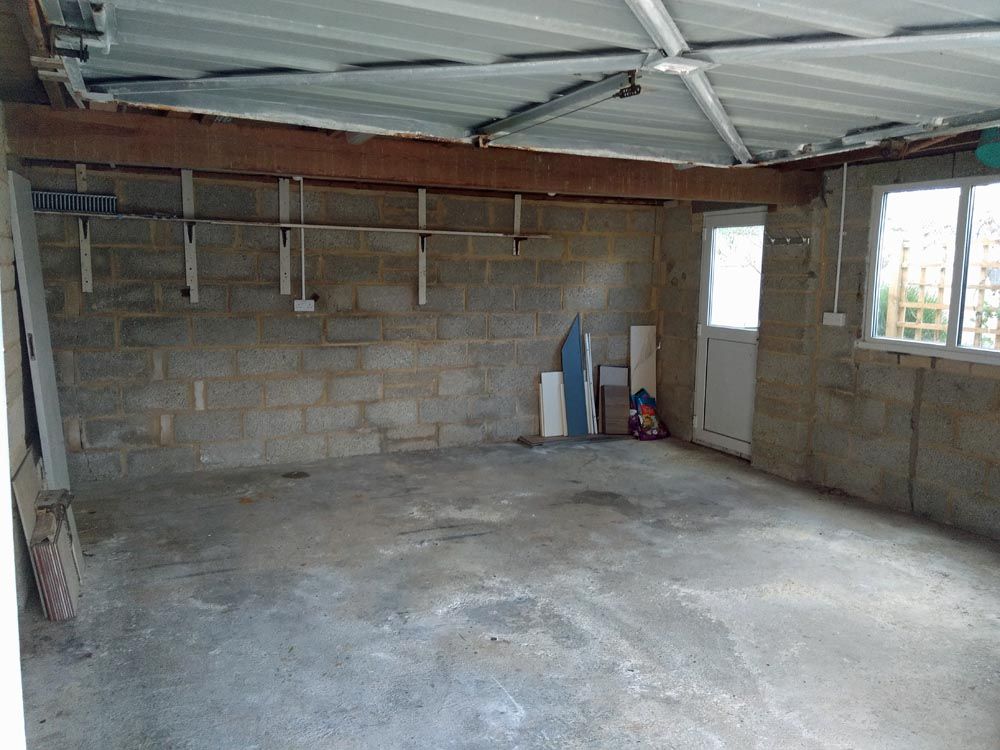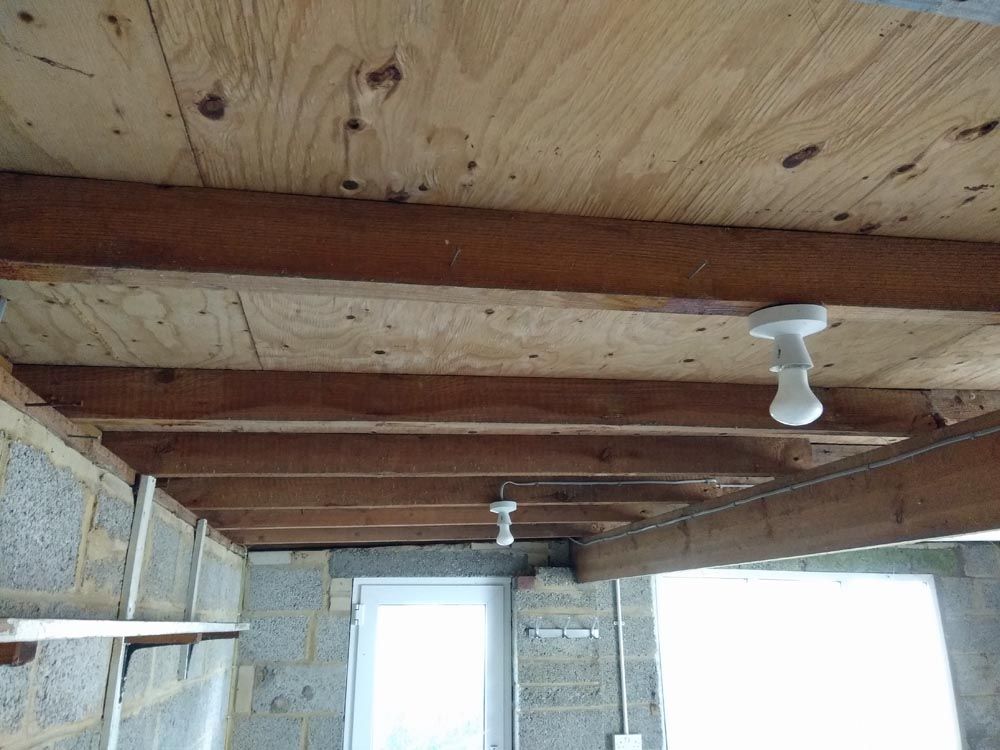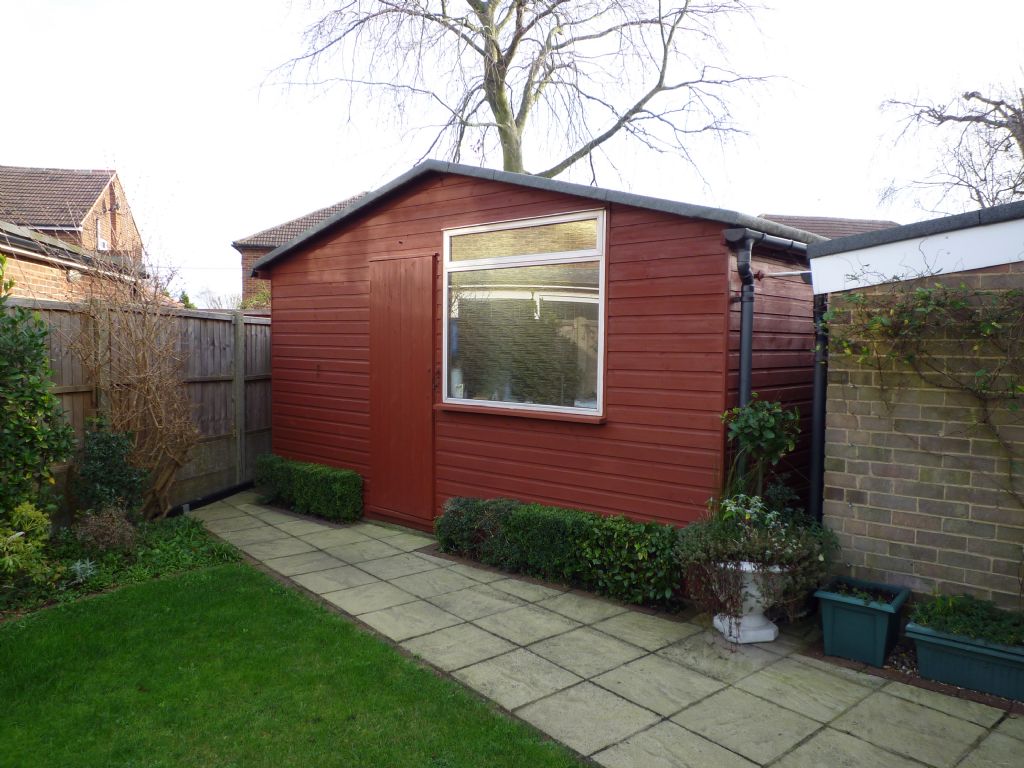Decide if you want to be able nip out for an hour or two 'whenever' and at any time of year, do some work in normal clothes rather than multiple layers of thermals and then come back inside when you choose, not when you freeze / melt.
Decide how much time/money/effort you want to spend on 'heating' No time/money/effort is often the best.
Do you prefer to be sweating all through a hot summer with a fan trying to cool the place down?
Do you prefer to be a gross polluter for the rest of the year with a woodburner affecting the health of everyone in the vicinity?
Some fit resistive heaters or incandescent lamps to every bit of machinery to stop them rusting when getting the insulation and ventilation right fixes the problem 'forever' with no ongoing energy usage. But some people always go for really cheap nasty 'fixes' rather than properly addressing the fundamental issues.
Proper insulation is expensive but needs buying and fitting just once. Do it right and occupancy heat, maybe topped up with that from a freezer can easily be enough to keep the place comfortable all year round.
If you can only afford 25mm of polystyrene on the walls then don't bother, wait until you can afford at least 75mm and preferably 100mm or more of PIR
While PIR is supposed to be 'safe' and class O, bare PIR on the roof is not a good idea if you have any intention of having a naked flame in the workshop. Trying to justify leaving it bare to enhance lighting is daft. Put some more lights in instead, preferably ones that direct the light downwards, they are really cheap.
The floor will also loose lots of heat, cold feet can be fixed with insulation in the structure too 
 Roderick Jenkins.
Roderick Jenkins.

